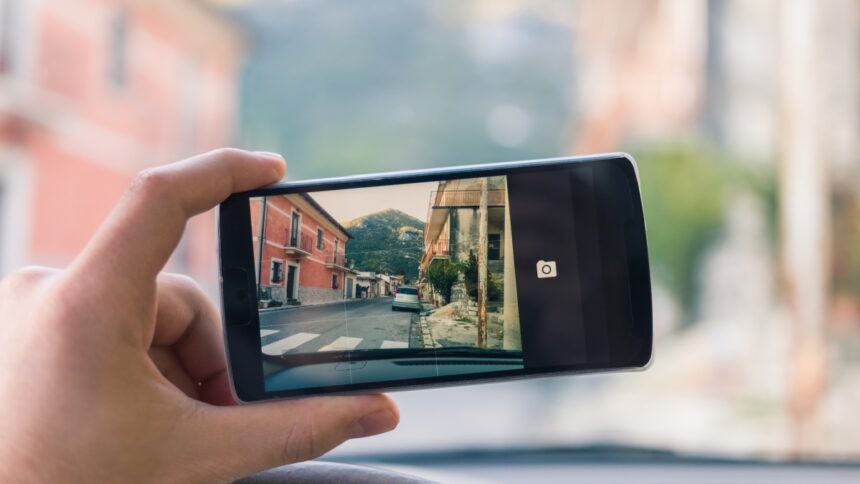Mastering Your Smartphone Photography: Take Control of Your Camera
The camera on your smartphone employs a myriad of filters, processing techniques, and AI enhancements, potentially distorting your perception of reality. In an age where Google can integrate you into your photos, it begs the question: What is authentic anymore? For those who wish to reclaim artistic control from their camera applications, here’s a guide.
Since Android is a versatile platform, the default applications on your device can vary significantly from those on another’s. The settings and applications mentioned may differ based on the manufacturer, and compatibility can be a concern across devices, but there are typically universal alternatives available.
Opt for RAW Photography (When Possible)
Similar to high-end cameras, numerous smartphones now support the capability to capture RAW photographs. These files retain all the data gathered by your camera’s sensor without compression, providing a format that’s ideal for editing. Certain models, such as Google Pixel devices, can capture both a RAW image and a processed JPEG simultaneously, granting you the versatility to choose.
For Google Pixel users, accessing this feature is simple: tap the Settings icon on the camera app’s lower left corner, navigate to the Pro section, and enable RAW/JPEG mode. However, the exact navigation may vary, so it’s worth exploring your camera app’s options.
Once you have your RAW image, software like Adobe Lightroom allows for extensive editing possibilities. Adjustments to exposure, highlights, shadows, and color tints can help you achieve either a more authentic appearance or a stylized look, tailored to your creative vision.
Simplify with ZeroCam
If your smartphone lacks RAW support or you prefer a more straightforward interface, ZeroCam provides a practical solution. Its singular function is to take photos devoid of any filtering or post-processing. With no sliders or adjustments in sight, the app focuses entirely on the action, featuring just a shutter button. Users can switch between multiple lenses if their device has them, but that’s the extent of its features.
The main drawback is that ZeroCam is free only for a limited trial period (one week with an annual subscription or three days with a monthly plan). After that, a subscription fee applies—affordably priced at $1 per month or $7.49 annually—making it a reasonable expense for those who value simplicity and want to concentrate on capturing life’s moments.
Enhance Control Using Camera FV-5
Even when capturing in RAW format, your smartphone’s manufacturer still plays a role in how your photos are processed. The camera automatically makes choices about ISO, shutter speed, lens selection, and focus. For those seeking comprehensive control, an app like Camera FV-5 Lite is an excellent choice.
This application enables users to manually fine-tune settings such as ISO, shutter speed, white balance, and more to achieve the desired shot. Additionally, it features advanced options like burst mode and automatic exposure bracketing. Note that some capabilities—including RAW photo capture—require the premium version, which can be obtained for a one-time payment of $5.
Advanced Video Controls with Blackmagic Camera
Blackmagic is renowned for its high-quality cinema cameras and the free Davinci Resolve editing software. The technology powering Blackmagic’s cameras is exceptional and now extends to mobile devices with the Blackmagic Camera app. This app supports most of the latest flagship devices from brands like Samsung, Google, and OnePlus; a complete list of compatible models can be found here.
While the Blackmagic Camera app is primarily designed for video recording, it remains unparalleled for those focused on videography. It provides professional-level controls, along with useful features like an RGB histogram and image stabilization, ensuring professional-quality footage.












